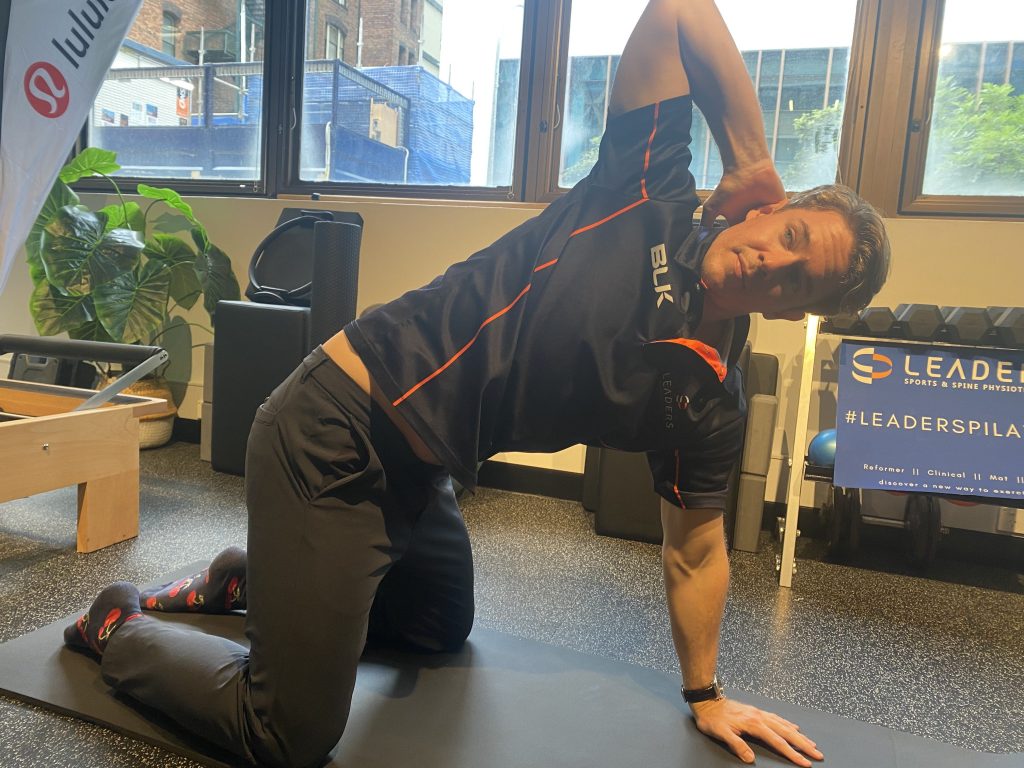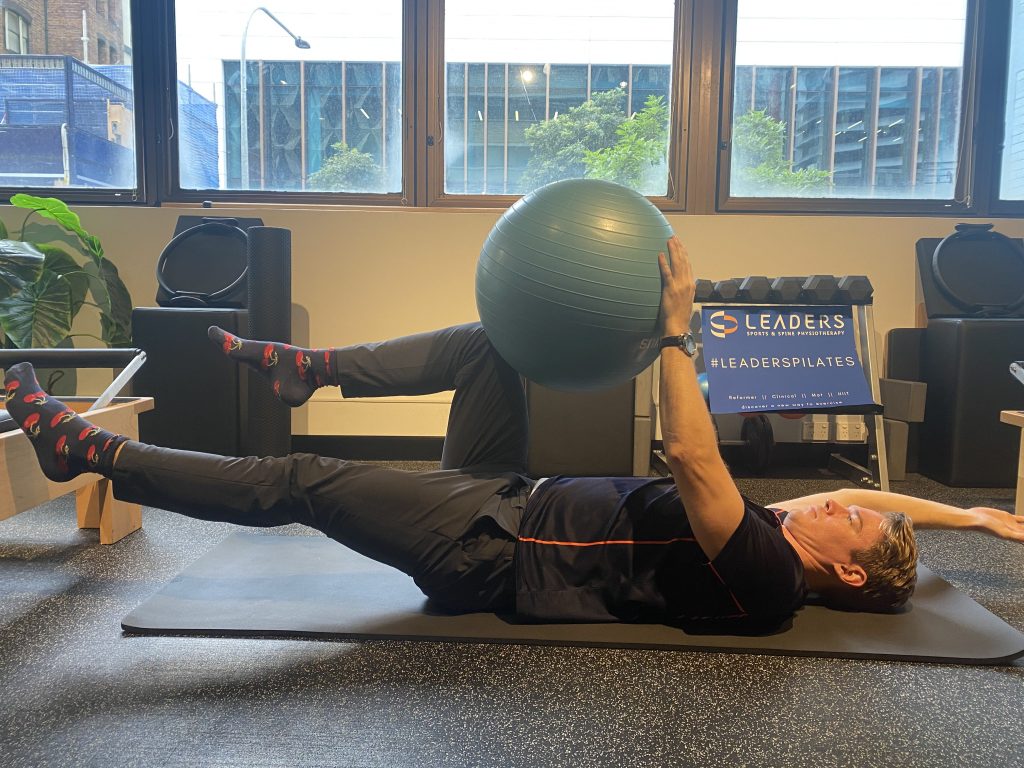Swimming is evolving! To keep up with the best, or avoid injuries, you should be smart about strengthening outside the pool.
Gone are the days of giant beefed up swim machines. Today’s Olympic swimmers are much leaner, hydrodynamic strong bodies that promote more efficient movement patterns.
This blog will highlight some of the injury risks involved with swimming, some of the most common simmer injuries and go through some simple strength exercises that will help to reduce muscle fatigue, improve technique and keep you in the water for as long as possible.
SWIM SMART, NOT JUST STRONG!
Common Swimming Injuries
Swimming neck pain tends to occur in the slightly older generation as shoulder and trunk movement start to become more difficult. The neck will then try to compensate and move further into range in order to breathe. Improving mobility and strength in these areas will reduce tension to the muscles that connect to the neck and deload the joints.
Shoulder pain tends to come from muscles and tendons under stress including the Rotator Cuff or shoulder stabilizing muscles like trapezius or lats. Swimming places a high demand on these muscles to generate power and control with each stroke. This demand is also increased with reduced trunk mobility and poor shoulder mechanics, leading to swimming shoulder injuries.
Anterior hip pain can often occur for those with chronically tight hip flexors, adductors and weakened core. These are often cross training athletes like triathletes or even those suffering from chronic low back pain. Mobility and strengthening exercises for core stabilizers often help to resolve this.
Calf cramps are not too common but still dreaded by many swimmers. They tend to appear more in those with either weak or tight calves, using fins or even runners cross training. Stretching and foam rolling pre training can reduce the chances of cramping slightly, however strengthening should be implemented as soon as possible.
Why Strengthen Control / Stability muscles?
Strong swimming, fast swimming or long distance swimming all rely on a core foundation of technique and efficiency in the water. In order to be more efficient you need to maintain correct body posture and coordinate movement of the trunk and limbs, which all rely on stabilizing muscles.
For example, a weak core and poor head / neck position will likely lead to hips sinking lower in the water, which then increases load to the shoulders and back muscles trying to compensate.
In Physio terminology we often use the term proprioception, which is the body’s ability to sense where and how body parts are moving. Swimming efficiently challenges your body’s positioning awareness and the ability to do this well often relies on stabilizing muscles.
Take home here is, in order to improve swimming efficiency and reduce injury risk, strengthen stability muscles and work on technique as often as possible. Swimming in the water alone is not enough to be the best swimmer you can be, or adequately avoid injury.
Swimming Pilates Exercises
NOW THE GOOD STUFF
Mobility
Thread Needle (+ variation) – this exercise will improve trunk mobility with breathing and strokes.



Hip Flexor stretch – this stretch is aimed at loosening up those chronically tight hip flexors and deep core.

Windmill arms – such an ancient movement in swimming that is still used, don’t believe me? Watch the Olympic pool deck pre race as the swimmers get ready to dive in. Don’t swing about like a goose however, think about the shoulder blade, the shoulder ball and socket, elbow and trunk all moving ready for the water.
Strength
Band Rotations – targeting the rotator cuff. Swimming places an unusually high load onto the muscles and due to their smaller size, often become problematic. Simple and effective exercise.


W-Ys – still targets rotator cuff with massive trapezius activity aimed at scapula mobility. Also a great exercise to strengthen neck and head stabilizers.


Bear Crawl – Again working on Scap mobility now in more of a weight bearing position.

Deadbugs – targeting core and trunk stability to reduce load to low back and improve water positioning.






